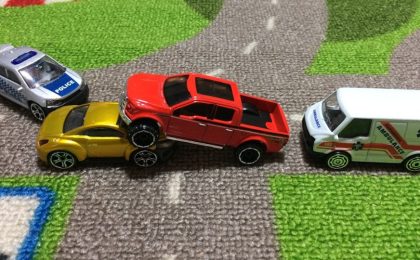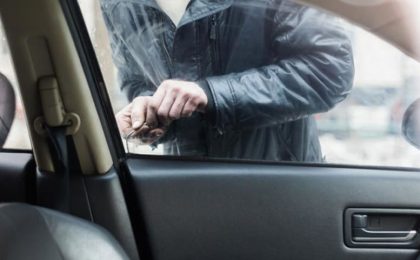For companies that have a fleet of vehicles, insurers offer specific insurance that facilitates the insurance of said vehicles. But what is meant by fleet? How does insurance treat vehicle fleets? Are they all insured under the same policy and with the same coverage? Do all vehicles have to have similar characteristics?
What is a vehicle fleet
To begin with, it should be clarified that a fleet is a group of ten vehicles or more that may or may not belong to the same owner, but which are work vehicles from the same company. Said fleet can include all types of vehicles, such as passenger cars, motorcycles, trucks, commercial vehicles, etc.
What does fleet insurance cover?
Fleet insurance includes all vehicles in the same policy, although each one has its own insurance. Thus , a single contract is signed in which the coverages are contracted and the conditions for each particular vehicle are signed.
On the other hand, like other insurance, in vehicle fleet insurance you can find different policies depending on the amount of risks they cover. From the basic third party insurance that covers mandatory civil liability, insurers can offer different insurances with different coverages, depending on the needs and demands of the client.
Insurance coverage for vehicle fleets
Some of the usual coverages that are usually included in vehicle fleet insurance are the following:
- Voluntary Civil Liability
- Vehicle and cargo theft
- break of moons
- Fire
- Roadside assistance
- Sustitution vehicle
- Legal defense
- Damage claim
- Defense of fines
Advantages of fleet insurance
Insuring all company vehicles under the same policy facilitates insurance procedures ; and, in addition, it allows to obtain a better price than doing an independent insurance for each vehicle.
What drivers are included in the insurance?
An important issue that must be taken into account refers to which drivers are insured by the fleet policy and the coverage they have. Normally, insurers specify in the particular conditions of the policy the requirements that the driver must meet and under what conditions he would be covered by the insurance.
One of these conditions is usually, for example, that the driver has been declared as such in the policy. In addition, insurers usually require that these people provide a series of permits, certificates and years of driving license.
Another way to cover all possible drivers in the policy is to include all those who use company products, so that it is not necessary to designate all the people specifically in each specific vehicle.
Other articles of interest
- What is franchise insurance?
- Can an insurer refuse to insure a disabled person’s car?
- Spain: land of sun, beach… and motorcycles
- More than 200,000 drivers received legal assistance with their car insurance in 2016
- Theft coverage in car insurance: what to do if your car is stolen
- What kind of insurance will self-driving cars need?



























